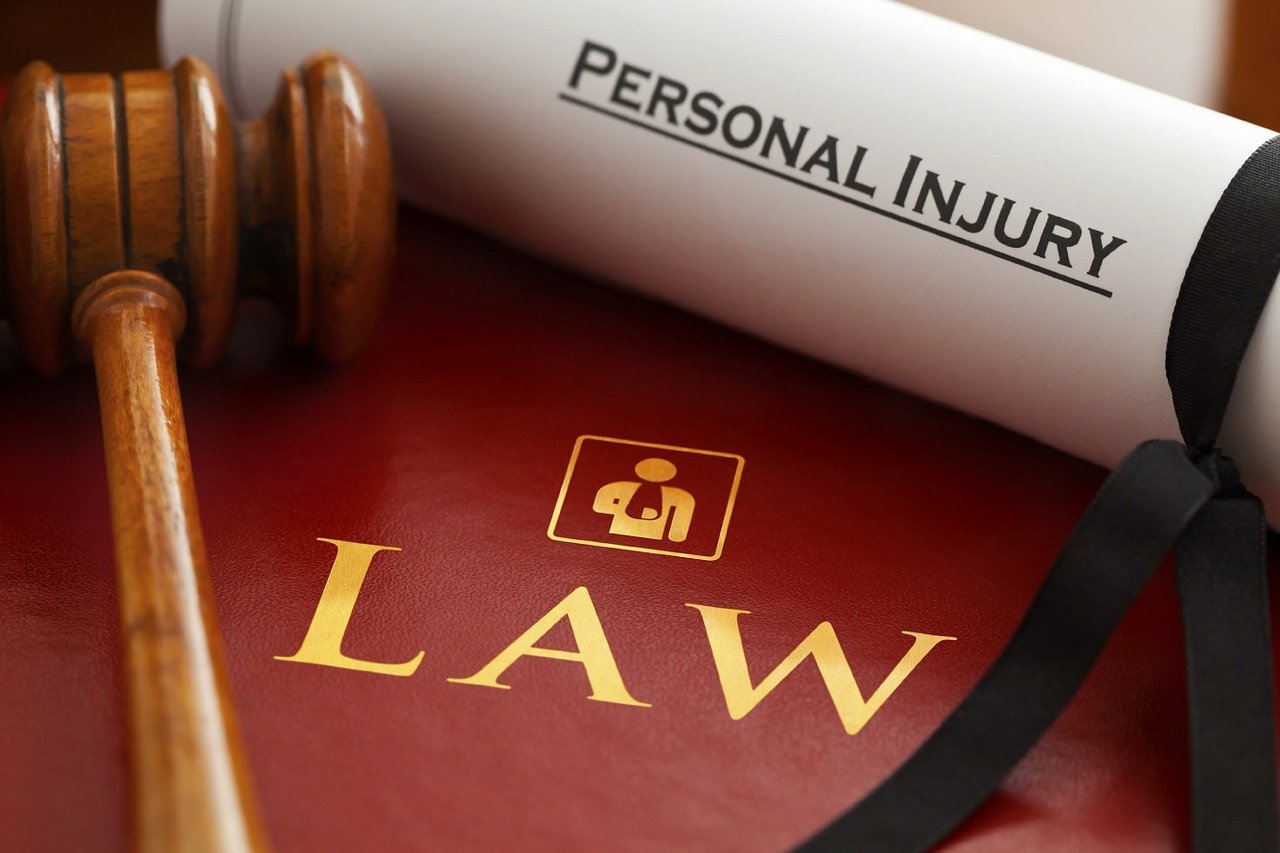By: Stanis Xavier & Avinash Pillay
Personal Injury law is filled with nuances and caveats that often make it difficult to navigate through claims. Understanding the concept of liability is fundamental for determining how your lawsuit will be brought forth to court. This is because settlement in personal injury cases is determined by who was at fault (liability) and the extent of the injuries sustained (damages)[1]. The concept of liability hinges on the idea that an individual has a set of responsibilities in any given situation. This is what allows you to pursue a claim as it serves to hold an individual accountable.
Personal injury claims will often turn to a “duty of care”, a pre-described set of behaviours expected of all members that fall within the class [2]. Failing to meet the duty of care owed is known as “negligence”. For example, doctors owe a duty of care to their patients that requires them to act in the patients’ “best interests”. If a doctor fails to do so, they can be found liable for medical malpractice. For motor vehicle operators, negligent driving instantly forms liability if there are injuries sustained by a third-party.
Common Types of Personal Injury Claims
- Marine accidents (injuries caused by ships or other marine crafts)
- Slips, trips and falls (very common)
- Motor vehicle accidents (most common)
- Medical malpractice (injuries caused by the negligent behaviour of a medical practitioner)
- Workplace injury (injuries sustained during the course of work)
- Product liability (injuries sustained due to the use of a consumer item)
- Pedestrian accidents (injuries sustained by a pedestrian due to a motor vehicle)
- Defamation & discrimination (loosely fall under personal injury, but do not usually use the concept of negligence)
What are the Different Standards of Liability?
When looking to make a personal injury claim, it is important to identify the standard of liability that corresponds with the conduct. There are three standards of liability that victims should be aware of [3]. The first is intentional, and occurs when a defendant acts to purposely cause harm to another individual [4]. The second and more common standard is negligence, and will be discussed in detail below. The third and final standard is strict liability, which can hold defendants liable when neither an intentional nor negligent act is found. Strict liability is the only form of liability that does not require proof of intent or negligent behavior [5]. As a result, strict liability offenses do not carry a strict penalty when compared to intentional or negligent acts. Strict liability can be seen in animal-related injuries like dog bites since the owner is thought to be strictly liable for the actions of their pet [6].
What are the Requirements for Negligence?
The standard of negligence requires further elaboration. It suggests that the individual failed to meet their duty of care. The defendant must have acted in a way that was objectively (to a reasonable third-party) contrary to the standard owed. For example, motor vehicle accidents look to the standard of a “reasonable and prudent” driver [7]. Each type of personal injury uses a different duty of care that can be fully understood through previous court decisions and statute (written law). Continuing with the example of a motor vehicle accident, a driver is held to be negligent if he or she fails to respond to the circumstance in a reasonable and prudent manner [4]. You may be wondering what the precise definition of a reasonable and prudent motorist is. Unfortunately, there is no clear answer to this question – the party who claims negligence must prove that the facts of the case demonstrate driving behaviour that is contrary to that of a reasonable third-party. If you find yourself in a situation where you are being sued for negligent behaviour, it is important to consult an attorney to determine the strength of your case.
How does Contributory Negligence Factor into Personal Injury Claims?
There is also the concept of contributory negligence, which looks to the extent that a claimant (the person who sustained the injury) may have contributed to the severity or occurrence of the accident [9]. When contributory negligence is applied, a judge will determine the “percent of fault” attributable to each party, and apply that discount to the awarded damages [4]. A common scenario of contributory negligence takes place when the victim of a car accident fails to wear a seatbelt. While the seatbelt does not cause the accident, it contributes to the severity of injuries. For example, if a court determines that the two parties are 50% liable for $100,000 worth of injuries, $50,000 will be awarded to the claimant.
That being said, a basic understanding of liability is a great way to see what you may be entitled to. If you believe that your situation falls under one of the aforementioned categories, it may be worthwhile to contact a lawyer to discuss the subtleties of your claim.
Disclaimer: The information provided in this response is for general informational purposes only and is not intended to be legal advice. The content provided does not create a legal client relationship, and nothing in this response should be considered as a substitute for professional legal advice. The information is based on general principles of law and may not reflect the most current legal developments or interpretations in your jurisdiction. Laws and regulations vary by jurisdiction, and the application and impact of laws can vary widely based on the specific facts and circumstances involved. You should consult with a qualified legal professional for advice regarding your specific situation.
Sources
[4] Ibid
[6] Dog Owners’ Liability Act, R.S.O. 1990, c. D.16
[9] Negligence Act, R.S.O. 1990, c. N.1

